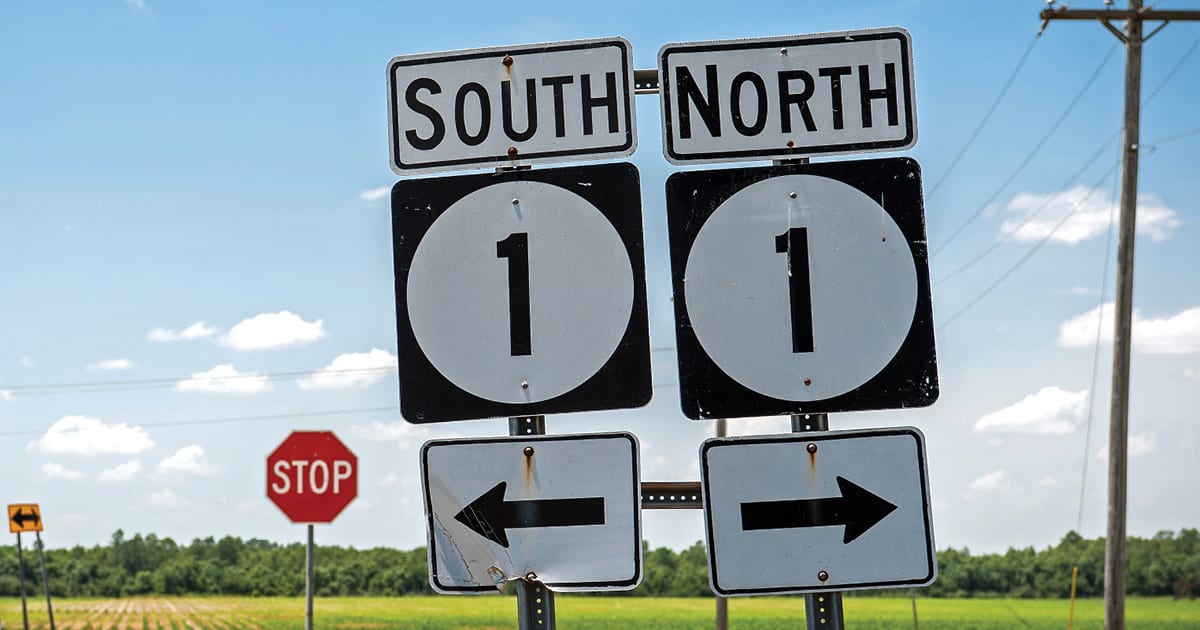Put away your phone—the gems of Mississippi Highway 1 are unmapped
The best ribs I’ve ever eaten came from a gas station in the Mississippi Delta that, according to the internet, does not exist.
There’s no review on Yelp, no pin on Google Maps, no Facebook page. It’s hard to even know what to call the place, given that the signs—which appear to have once featured the Exxon logo— frame empty holes. Without the tip I got from a local, I never would have guessed there was food there at all.
I stopped in for an early Saturday lunch and the line stretched out the door. I meant to eat a rib or two, then stow the rest for later—I was on a back-roads food quest, and stomach space was precious—but the rub was sweet and fiery, the meat so tender that sauce was unthinkable. Within five minutes, the entire half slab was gone.
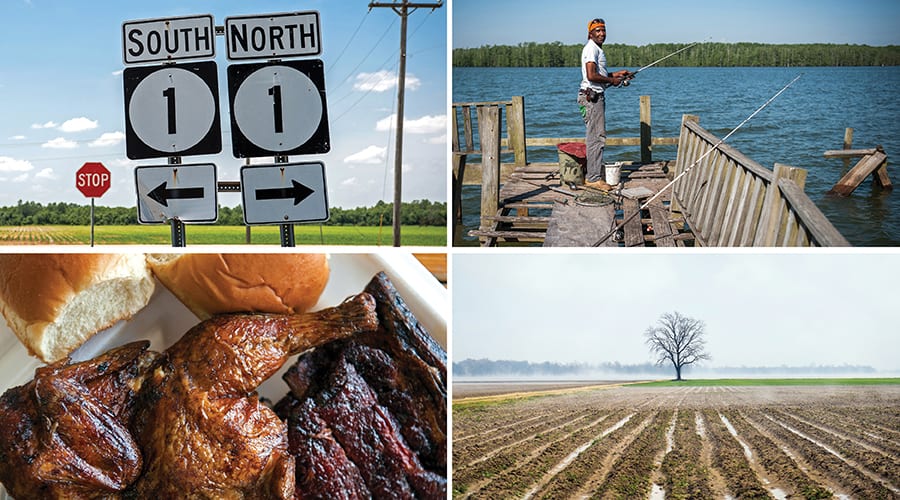
The gas station (whose official name, I was told, is “QuikStop”) sits on Highway 1, a sleepy thoroughfare that for its entire 155 miles sticks close to the banks of the mighty Mississippi. But drivers never see the river. Instead, a green mound of earth curves and weaves just west of the highway. This is the river levee—the “Great Wall” of the Mississippi, as it’s sometimes called.
The Delta was once a morass of backswamp and slithering bayous; every few years the Mississippi would rise and turn it into a cypress-studded sea. Men were set to work—black men mostly, working for paltry wages, living in rowdy, flood-prone camps—mounding up the earth to build the levee. Thus, the Delta became a cotton kingdom, one of the most unique regions in the South. Folklorist Alan Lomax, famous for collecting many of the essential Delta blues recordings, called the levee “the most distinctive spiritual and cultural feature of the Delta landscape.”
Which is why I’ve long wanted to travel Highway 1, top to bottom—with, of course, a few meandering detours along the way. This spring, on the first real weekend of hot Mississippi sunshine, my friend Rory Doyle and I set out.
Highway 1 begins as a crossroads in an unincorporated community whose name, Onward, is fitting for road-trip beginnings: For the next forty miles, there is indeed little to do but drive onward. (Though there is one bit of history to note: here in Onward, Teddy Roosevelt declined to shoot a captured bear cub, inspiring the famous, eponymous toy.) The two-lane road weaves through soybean fields, past trailer homes and country churches.
We started early, and by sunrise Rory and I had reached Lake Washington, a former river channel the Mississippi abandoned centuries ago. It’s here that the Delta’s white settlement began. In the 1820s, a few ambitious planters floated their families downriver, then navigated smaller bayous until they reached the high banks of this lake. They set slaves to work chopping down the “virgin” jungle, clearing the way for farms.
Today, the lake is a blue-collar vacationland brimming with catfish and crappie and already there were plenty of johnboats drifting beneath the pastel sky. Rory and I joined the later-rising fishermen for breakfast at Roy’s Store, a popular hangout on the north end of the lake that supplies beer, bait, and groceries, and doubles as the local post office. There’s also a steady supply of tall tales—the size of fish caught and bucks bagged— available at all hours.
This kind of multi-function business is common in the rural Delta—and necessary, since it might be many miles between one town and the next. That means a good meal can be found in unexpected locales.
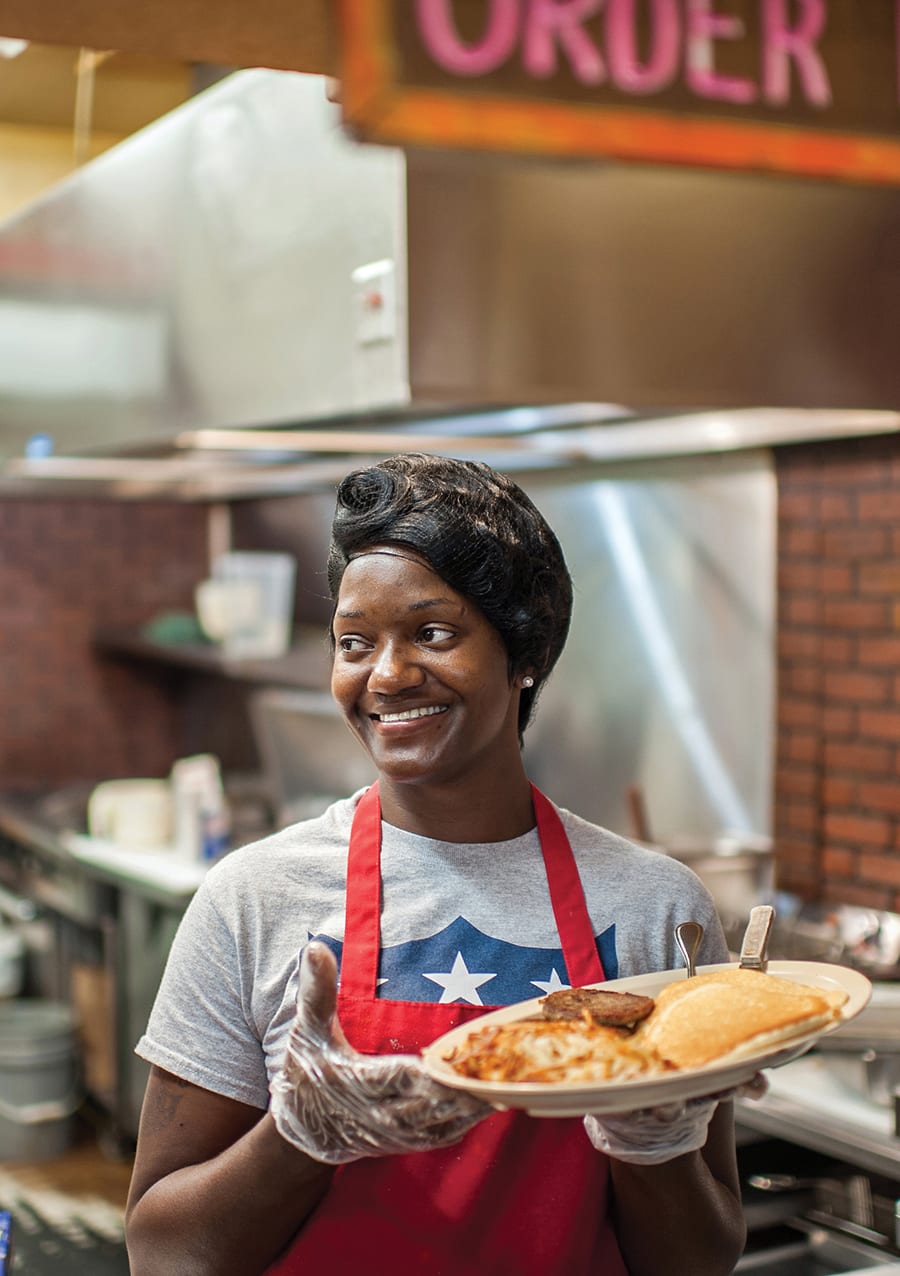
A few miles north, in Avon, Rory and I picked up boudin links at Maddox Grocery, a sleepy gas station at a quiet crossroads. Its owner, Nixon Maddox, whose grandfather purchased the grocery in 1919, keeps up the old family tradition of smoking meats, Cajun style.
Boudin is not often associated with Mississippi—nor, really, is the barbecue we ate at QuikStop, the next addition to our progressive meal—but such is the way of the Delta. Clearing this swamp took decades, and progress halted during the Civil War. It was not until the turn of the twentieth century, as the levee grew upward to tame the river, that much of any population trickled in.
The Delta’s cuisine became a melting pot, collecting the best recipes that its late-era pioneers carried from up or downriver—or from across the seas. During the boom years, when cotton drew top dollar, Irish and Italian immigrants were recruited to work in the fields; Syrian merchants wandered from door to door. Chinese families found a niche selling groceries in black communities, and by the 1960s there were more Chinese residents in the Delta than in most Southern states.
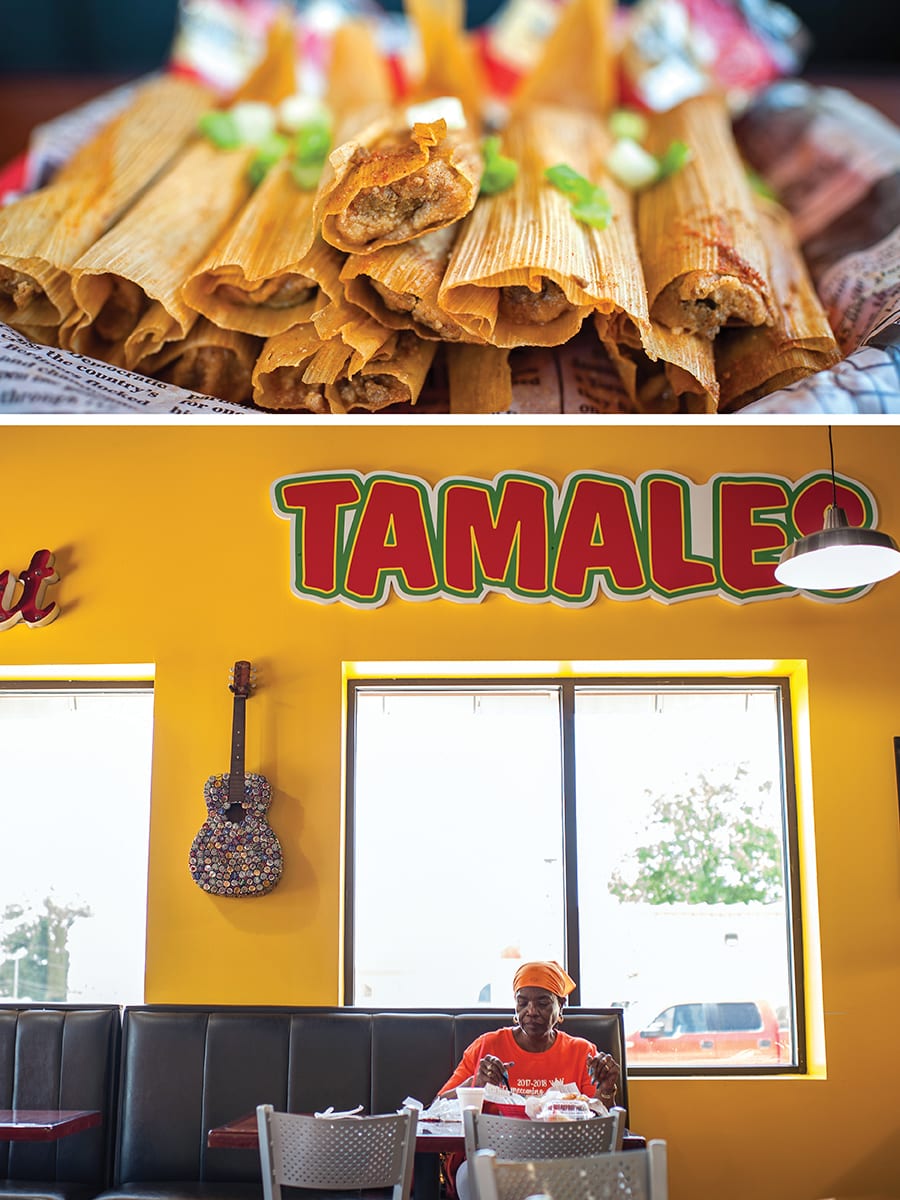
Its most famous foodstuff is telling: a local riff on Mexican tamales, but simmered, not steamed, so that they drip with aromatic garlic-and-cumin juices. The recipe was likely shared by migrant Mexican field laborers more than a century ago and adapted to local tastes. Tamales have largely been carried forward by black business owners, and there is no denser collection than in Greenville. The city—the largest in the Delta, and the halfway point on our Highway 1 drive—recently declared itself the “Hot Tamale Capital of the World.”
Rory and I got our fix at Hot Tamale Heaven and Grille, the new, fast food-style outpost of Greenville’s most powerful tamale empire. Willie Harmon, now in his 70s, started out decades ago, selling tamales from a hand-built cart. Now his family owns a downtown factory that can churn out 2,000 tubes of meat and masa each day. These—which remain, in my opinion, some of the Delta’s best tamales, with a subtle kick that grows as you eat—are trucked up and down the Delta and sold in communities that might not otherwise have hot food.
We ordered a half dozen, all our stomachs could fit, then drove north to Benoit, where we were staying with a friend. To recuperate, I stumbled through an uncomfortable jog (“Just watch for cottonmouths,” our host told me) then crashed into a nap. When I woke, the sun was lengthening across the just-sprouting soybean buds.
This is a marker of the way Deltans eat. It’s a place where wild and boozy parties have been a tradition since the first planter pioneers entered this swampy frontier.
Once, these fields would have been a sea of white cotton. But farming has changed; due to shifting prices and changing subsidies, corn and soybeans have now become the Delta’s dominant crops. The process has changed, too. Work that once required hundreds of laborers can now be done by one or two, running tractors that cost a quarter of a million dollars or more.
That’s led to outmigration; the Delta’s population has slipped back to early 1900s-levels. Just south of Benoit, in Scott, one of America’s largest plantations once spanned 38,000 acres, but now nearly all the old tenant shacks are gone. The farm has become a research facility owned by Monsanto that develops new kinds of cotton and soybean seeds. Scott is a strange oasis amid the fields, a cluster of greenhouses and suburban-style bungalows—and a quintessential Delta steakhouse.
The walls at 5 O’Clock on Deer Creek, as the restaurant is known, are bedecked in Saints memorabilia and Christmas lights; there are no linens, just rolls of paper towels on every table. If you need a beer, you help yourself from the cooler and report your tally at the end of the night. Owners Bubba and Linda Roden putter from table to table, their laughter infectious.
This feels more like a dinner party in someone’s hunting lodge than a fine-dining restaurant. But the menu is classic Delta opulence: ribeye steaks swimming in their juices; broiled shrimp redolent with worcestershire and served with grilled bread. As much as gas-station dining, this is a marker of the way Deltans eat. It’s a place where wild and boozy parties have been a tradition since the first planter pioneers entered this swampy frontier.
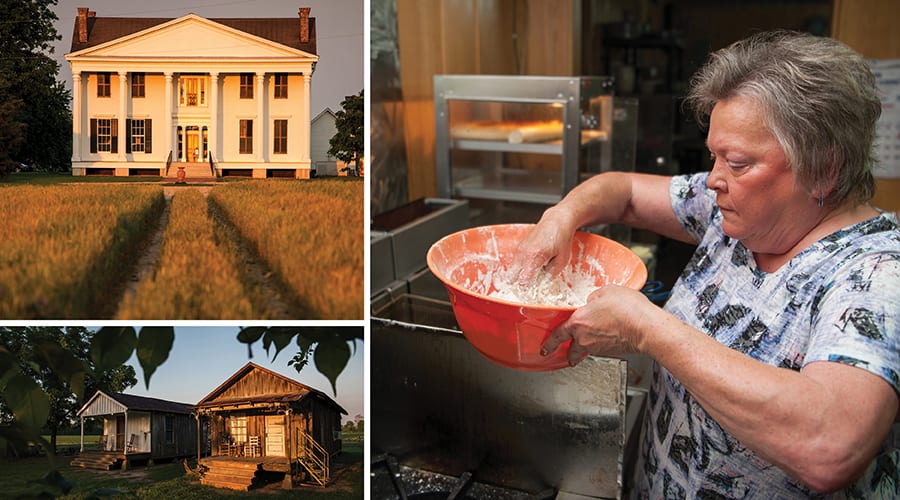
Linda’s oysters are chargrilled perfection, crusted in savory parmesan. We dipped our bread in the oil from the pan, which tasted of butter and brine. By the time we left the restaurant, Linda had given us her phone number, and we had promised to call ahead the next time so she could make us her famous bacon-wrapped shrimp.
The next morning, bellies full, we slept late and then resumed our northward drive. We stopped to wander in pecan orchards and soon-to-be ghost towns, always noting on the horizon the presence of that snaking green line.
Our last meal was in Friars Point, the northernmost town of any real size along this highway. Founded in 1836, it was one of the Delta’s earliest settlements, and for a time was one of the most important cotton shipping centers in the South. But steamboat traffic waned; commerce shifted to railroads. Clarksdale, a few miles further east, rose in importance, eventually displacing Friars Point as the county seat. Today, there are almost no businesses left in Friars Point. The majority of its 1,200 residents live below the official poverty line.
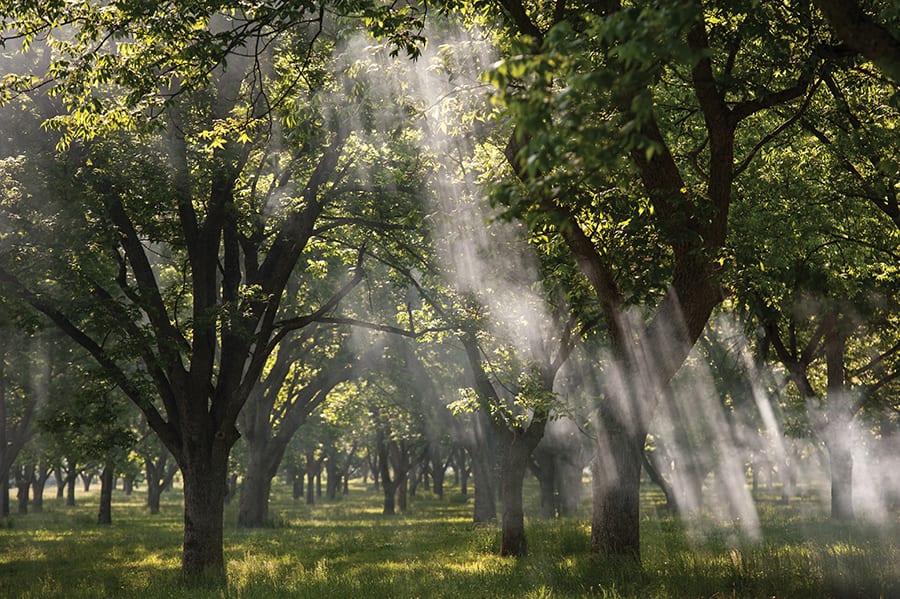
There is, though, one grocery—managed, in classic Delta fashion, by first-generation Chinese immigrants. Its long room of hand-built shelves is stocked with goods that bear generic labels from Kroger and Walmart; a dark and dusty backroom is cluttered with school supplies and cleaning goods. But the attraction for us was the kitchen in the back, whose menu offers an ideal Delta hodgepodge: Cajun turkey appears next to chicken gizzards and Chinese-style hog maws.
We had come for the burger on another tip from a local friend. Grilled fresh on the griddle, it’s sloppy with mayonnaise and tangy with pickles—and served up with an almost perfect facsimile of McDonald’s french fries. It’s one of the best burgers I’ve eaten in the Delta—and made in a kitchen most road-trippers might never see.
North of Friars Point, Highway 1 finally ends where it meets US 49. There’s nothing much there, just a stop sign and more fields, and off in the distance a few grain silos—just one more crossroads, in other words, no reason to bother with a name. This is a highway from nowhere to nowhere. But that is its charm. It’s the sort of place where, to find the real gems, you have to look up from your phone, find a local, and make your way to the unexpected.
share
trending content
-
New Restaurants in Arkansas
-
Shrimp and Grits: A History
by Erin Byers Murray -
Tea Cakes, A Brief History
by TLP Editors -
Gullah Geechee Home Cooking
by Erin Byers Murray -
A Cajun Christmas Menu
by TLP Editors
More From On the Road
-
6 Things to Do Beyond Golf in Pinehurst
-
The Bluegrass Spirit | Listen
-
Slugburger Trail with a Side of Nostalgia
-
Experience All That is New in Pinehurst, North Carolina
-
Flavor Towns On Mississippi’s Gulf Coast | Listen





